
Ink & Pixel is a source of pride and joy for me as a writer and as such, I’m always striving to take this column further for those who read and enjoy it. If you yourself, or anyone you know, helped to make any of the amazing feature animated films found within this column, I would love to talk to you to further my knowledge. Please contact me at [email protected] so we can discuss it further.
Welcome to a very special Video Game Edition of Ink & Pixel! As technology continues to grow, and the geniuses that manipulate ink and pixels climb to new heights, more and more forms of epic media are becoming a part of our entertainment culture. A prime example of the leaps and bounds we’ve managed to jump can no doubt be found in today’s video game market. Just like feature length animated films take several years to to come to fruition, that same amount of hard work and sleepless nights go into the production of high end video game experiences. Right now we’re about to take a look inside one of the most anticipated video games of the current generation, Level 5 and Studio Ghibli’s NI NO KUNI: WRATH OF THE WHITE WITCH.

NI NO KUNI: WRATH OF THE WHITE WITCH is a Japanese role-playing video game that was co-developed by the Japanese video game developer Level 5 (DARK CLOUD, WHITE KNIGHT CHRONICLES, and the highly acclaimed PROFESSOR LAYTON series) and the anime company Studio Ghibli (THE SECRET WORLD OF ARIETTY, PONYO, HOWL’S MOVING CASTLE). The game was originally developed and released for the Nintendo DS and later for the Playstation 3 gaming consoles. The game features a plucky thirteen-year-old boy and his journey into a magical world filled with animal royalty, creatures, and unspeakable evil. It’s a game that’s true to the Japanese RPG norm but still boasts that level of Miyazaki (SPIRITED AWAY, MY NEIGHBOR TOTORO, A GRAVE OF FIREFLIES) quality that film goers have loved since the start of the celebrated director’s career.

As I was saying, NI NO KUNI: WRATH OF THE WHITE WITCH follows the story of Oliver, a young boy from the fictional town of Motorville. After an accident occurs while racing a poorly constructed soap box racer, Oliver lands himself in the local river. Across town a distant voice calls to Oliver’s mother, Allie, in her sleep, alerting her that her only son is in danger. Allie, after finding Oliver, rushes into the chilled waters to save her drowning son. Sadly, Allie’s harrowing rescue does not agree with her weak heart as she suffers a heart attack and dies, leaving Oliver all alone. Grief stricken by the loss of his mother, Oliver sheds tears of sorrow onto a stuffed animal, named Mr. Drippy, which then brings the plush toy to life.

Mr. Drippy then explains to Oliver that reality is not all what it seems. Mr. Drippy then shares with Oliver that the world he comes from is in grave danger while under the China-white hand of The White Witch and an even more malevolent force named Shadar. Legend has it that Oliver is the only one who has the power to help. What’s more, to sweeten the pot, Mr. Drippy then explains to Oliver that by helping him save his world Oliver may be able to acquire magics that could help bring his mother back to life. After learning this that Oliver is more than willing to dive into the unknown, in the hopes of saving his dearly departed mother.

NI NO KUNI came about when CEO and president at Level 5 Studios, Akihiro Hino, wanted to develop a game to celebrate the gaming company’s 10th anniversary. Hino’s goal was to make a game suited for children that would leave a lasting impression on them throughout the years. To do this, Hino looked to his friend, Toshio Suzuki, a producer at Studio Ghibli and requested that the studio provide animations for the gaming project. At first, the game went into production for the Nintendo hand held gaming console, the Nintendo DS. However, upon agreeing to help produce the game’s art (along with a stunning soundtrack composed by Joe Hisaishi) Studio Ghibli requested all of the work be showcased on a much larger scale than just the tiny screens of the popular Nintendo DS. Hino accepted the terms and happily explained to his friends that this had been the plan all along. It was time to get to work.

The heart of NI NO KUNI was in the idea of presenting players with a gaming experience unlike anything they’d ever played before. Ultimately, Hino and Studio Ghibli wanted players to feel as if they were being pulled into an interactive anime film. One of the methods they used to accomplish this was building the game with as little an amount of “Load Time” as possible. In my experience with the game, I’ve found that it moves seamlessly from cut-scene to in-game participation with hardly so much as a darkened screen. This fluid approach to the game’s presentation really works to pull players in, never letting go for even a moment for fear of losing the player’s focus.

During the creative process it was said that Hino and his team at Level 5 had already drawn many of the game’s characters and locations before deciding to ask Studio Ghibli for their participation in the project. It was then that Hino requested that Studio Ghibli “Ghibli-ize” contribute their ideas as to make it feel closer to the look and feel that comes with a Hayao Miayazaki product. At the start, many of the game’s locations and creatures had very “on the nose” names, but were then changed by Ghibli to have a more nursery rhyme or fairy tale quality. The purpose of this was to evoke a sense of warmth that comes with childhood memories in the player.

Just like animation film companies such as Pixar, Dreamworks, and Blue Sky, Level 5 met with plenty of challenges in regard to animation and graphics throughout the making of NI NO KUNI: WRATH OF THE WHITE WITCH. One problem in particular was the animation of Oliver’s cape. At one point during the game’s development it was discussed as to whether or not to make Oliver’s poncho-like cape a bit more “superhero-like” because removing the front of the cape would make for easier animation techniques. Objects such as “flowing” clothing in a video game is not created merely by mathematical calculations, but also with hand-drawn motions. Ultimately, the decision was made to leave Oliver’s clothing alone, thereby keeping the more difficult to animate poncho-like aesthetic. The result is an outfit imbued with its own unique look and personality as it reacts to Oliver’s actions and environments throughout the game.

One of the more interesting aspects that I’ve found in regard to the game’s creation, was the amount of freedom that was given to animation director Yoshiyuki Momose during the development process. Level 5 would literally hand Momose a loose outline, complete with design points, and just let him do his thing. To think that Momose created the game’s storyboards with such little information as to the specifications of how the story would play out fascinates me. One aspect of the game that Momose was particularly proud of was the 1950’s America feel to the town of Motorville that was presented in the game.

This was a time period of which Studio Ghibli had never before conquered. So as you could imagine, the pressure was on to present it in the best way possible for the purposes of NI NO KUNI. Momose prepared for this challenge by submerging himself in the 1950’s culture, paying very close attention to the attitudes, dialects, and mannerisms of the populous during that time in US history. What emerged was an authentic look and feel to Motorville that went on to dictate the way many of the other locations found throughout the game would be handled. Though each location was drastically different, each one of them harkened back to the pleasant and lively nature of the town in which we began the game’s story.

Since its Japanese release on both the Nintendo DS and PS3 consoles the game has sold over 500,000 units inside of Japan. NI NO KUNI: WRATH OF THE WHITE WITCH was released inside the United States on the PS3 on January 22nd and has already been hailed by many gaming publications to be one of the best gaming experiences the console has ever seen in its long history of being a premiere gaming console. Receiving top marks from sites like IGN.com, Metacritic, Famitsu, and many others, NI NO KUNI is the Japanese RPG that fans have been waiting for.

In the 10 ½ hours that I’ve spent playing the game within a few short days I can tell you beyond the shadow of a doubt that NI NO KUNI: WRATH OF THE WHITE WITCH is truly something to behold. It honestly and truly feels like I’ve been placed inside of a Miyazaki film. I came into the game with ridiculously high expectations and I’m happy to say that they’ve been met at every turn of the game’s wild presentation. I would love to think that if the game sells well and finds an audience that we can expect more combined efforts to gaming like this in the future … But I doubt it. That’s why I will enjoy each and every moment of NI NO KUNI for as many hours as I can before moving onto the next big thing.






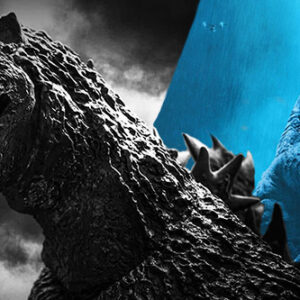

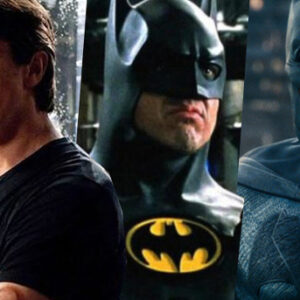
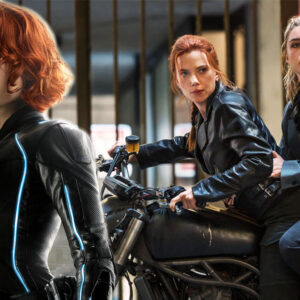


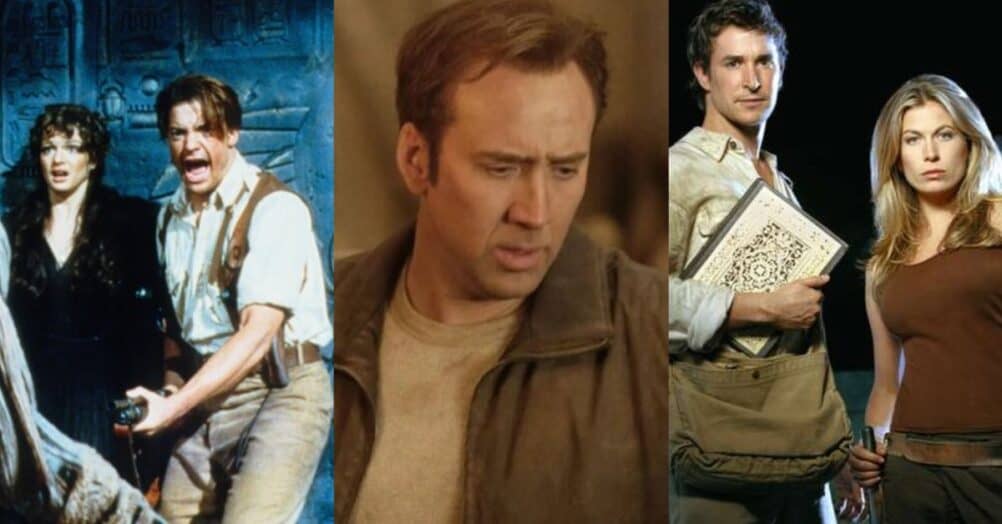
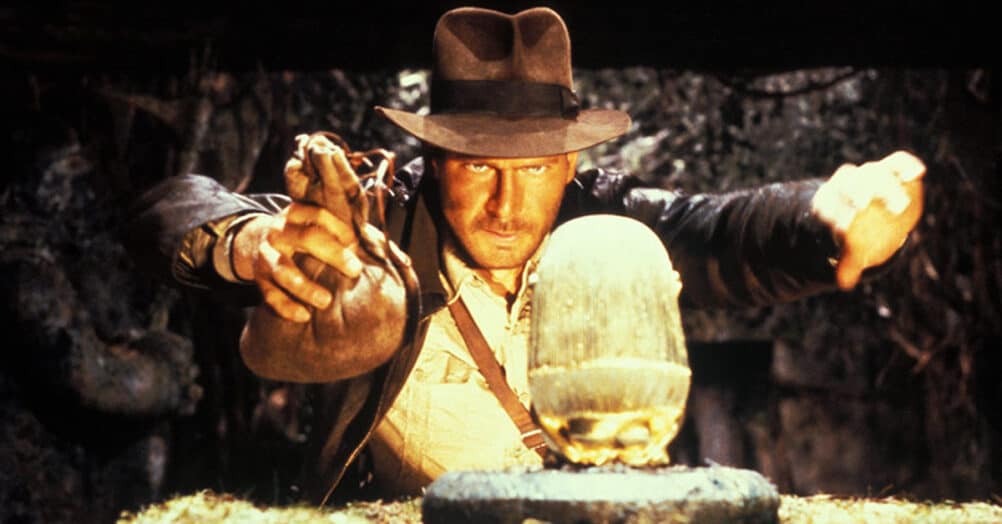






Follow the JOBLO MOVIE NETWORK
Follow us on YOUTUBE
Follow ARROW IN THE HEAD
Follow AITH on YOUTUBE